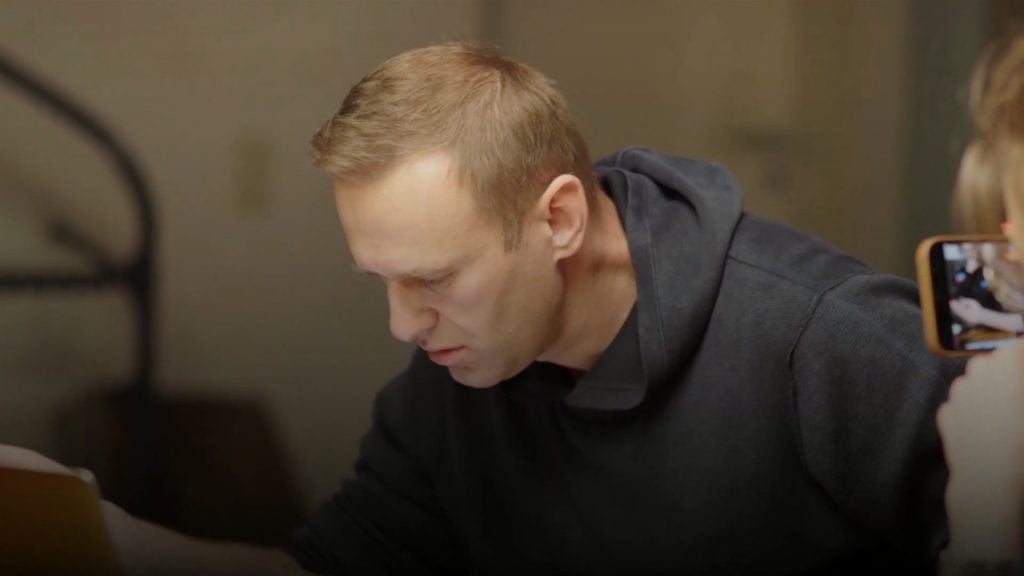FSB Officer Tricked Into Confessing To Role In Navalny Poisoning
In a turn of events too wild for even an airport thriller novel, Russian opposition politician Alexey Navalny and open source investigative outfit Bellingcat announced yesterday that they had successfully acquired a confession from one of the FSB clandestine unit members involved in the near-fatal poisoning of Navalny in August, in a masterstroke of social engineering upending Kremlin denials of a previous report that exposed the unit’s existence.
On the morning of 14 December, Navalny called Konstantin Kudryavtsev, one of the members of the FSB unit who traveled to Omsk following the poisoning. He used an IP telephony application to appear to be calling using an FSB landline known to have been used to contact several of the unit members, claiming to be one Maxim Ustinov, an aide to Nikolai Patrushev, chairman of Russia’s National Security Council.
“Maxim” stated that his superior had requested an urgent report from all members of the FSB unit involved in the August poisoning, due to the “enormous” problems that the failure of the operation had resulted in. While Kudryavtsev was initially reluctant to speak on an open line and said that compartmentalization on a need-to-know basis meant that he did not know all the details, “Maxim” was able to persuade him that his superior needed personal assessments of the operation from all team members involved, claiming that the call had been authorized by the director of the FSB’s Special Technology Department, General Vladimir Bogdanov.
“Maxim”s detailed knowledge of non-public details of the failed operation further convinced Kudryavtsev to provide details of the operation, confirming that the FSB was indeed responsible for the August poisoning. While Kudryavtsev said he did not participate in the poisoning, he did take part in the clean-up operation, and named the two main perpetrators of the poisoning, as well as the squad leader, when asked to evaluate their performances by “Maxim”.
Kudryavtsev described the decision of the pilot to land immediately after Navalny began showing symptoms of poisoning and the quick response time of paramedics after the plane landed as the two main “unexpected factors” that led to the failure of the operation, all but explicitly saying that the intent of the operation was to assassinate Navalny. When asked about the number of previous operations targeting Navalny, he said that he had participated in an operation in Kirov, but did not remember the number of other operations.
When asked by “Maxim” about the condition of Navalny’s clothing, Kudryavtsev said that he was ordered to travel to Omsk twice to eliminate all traces of the poison from Navalny’s clothing and personal effects (the clothing Navalny wore on the day of the poisoning was left at the Omsk hospital after he was medically evacuated to Berlin and has not been returned to him as of writing), after the first trip on 25 August. Kudryavtsev said that Navalny’s body had been treated to remove all traces of the poison prior to his first trip, saying that the only way the Novichok agent used could have been identified was through metabolised remnants in Navalny’s blood.
Poison Placed In Navalny’s Underwear
“Maxim” asked Kudryavtsev about where poison residues would be most concentrated on Navalny’s clothing, with Kudryavtsev promptly answering that it was the inside of Navalny’s underpants, in particular the seams at the crotch area, suggesting that the poison was applied to the inside of Navalny’s underwear. Kudryavtsev also divulged several details of the unit’s tradecraft. In addition to compartmentalization of information, the team was frequently split into “brigades” that took different flights shadowing those of Navalny. Security cameras at locales they operated at were disabled, to ensure that team members were not inadvertently caught on camera.
The inadvertent confession provides a wealth of information that would be useful for any future investigations, not just for the poisoning attempt, but any other operations believed to have been carried out by the FSB unit. Bellingcat has a transcript of the entirety of the 49 minute phone conversation available.
Bellingcat and Navalny’s scoop comes just a week after CNN (one of the investigation partners) chief international correspondent Clarissa Ward doorstepped Oleg Tayakin, believed to be a senior member of the unit, at his apartment in Moscow. A new week evidently hasn’t given the FSB a reprieve from PR fiascos.

